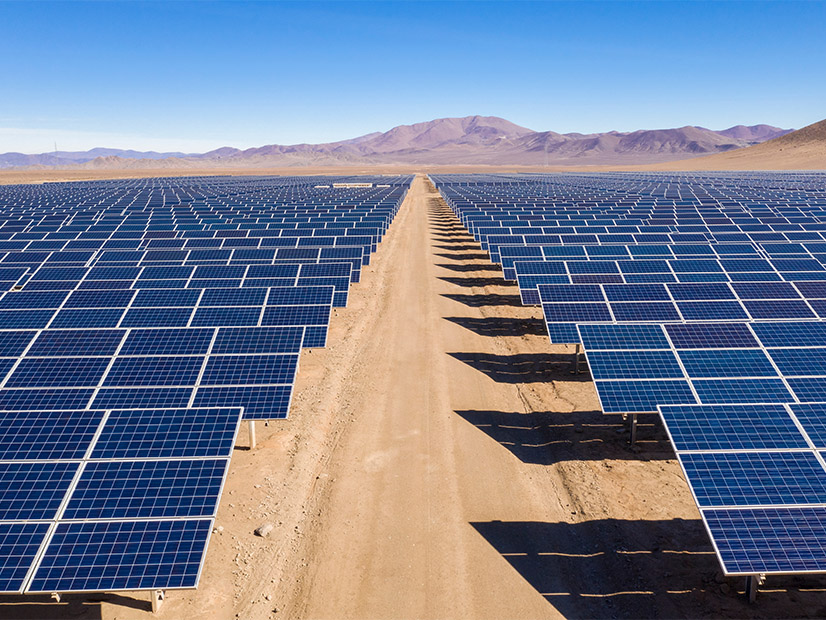
California lawmakers OK’d Gov. Newsom’s package of infrastructure bills to speed clean energy development, sending the measures to Newsom for his signature.
California lawmakers on Wednesday approved the central components of Gov. Gavin Newsom’s package of infrastructure bills to speed clean energy development, sending the measures to Newsom for his signature.
The state Senate gave final approval to Senate Bill 149, which would streamline judicial review of clean energy and transportation projects by requiring that challenges to the projects under the California Environmental Quality Act (CEQA) be resolved by the courts within 270 days, including appeals. (See Newsom Stresses Role of Permitting in Calif. Energy Transition.)
The Senate also approved SB 147, which would allow the incidental taking of species that are fully protected under the state Endangered Species Act during the construction of infrastructure projects. It would also declassify the peregrine falcon, brown pelican and thicktail chub, a small fish, from the law’s list of fully protected species.
Another bill passed by the Senate on Wednesday, Assembly Bill 124, would authorize the California Infrastructure and Economic Development Bank and the state Department of Water Resources to use funding from the federal Inflation Reduction Act to finance projects that reduce greenhouse gas emissions.
“California is one step closer to building the projects that will power our homes with clean energy, ensure safe drinking water, and modernize our transportation system,” Newsom said in a statement after the bills passed .
Despite objections from environmental groups and some fellow Democrats, Newsom made it a priority to remove obstacles that could stop or delay construction of needed infrastructure. The state must add thousands of megawatts of new generation and storage resources in the next 10 years to meet its 100% clean energy goal by 2045 while maintaining reliability.
“I look forward to signing these bills to build California’s clean future, faster,” Newsom said in his statement. “Thanks to our partners in the Legislature, we’re about to embark on a clean construction boom that maximizes the unprecedented funding available from the Biden-Harris administration.”
Another measure in the package, AB 122, cleared the Senate and state Assembly on June 27. It would allow but mitigate the removal of western Joshua trees, which the state Fish and Game Commission is considering listing under the California Endangered Species Act. The iconic California desert plants occupy large swaths of land slated for utility-scale solar arrays and battery storage. Newsom has yet to sign the measure.
At least one other bill still requires Senate approval. AB 126 would extend funding for the state’s Clean Transportation Program and the Air Quality Management Program through Department of Motor Vehicle fees and require an annual funding allocation of 10% for hydrogen refueling stations from the Clean Transportation Program through 2030 or until a sufficient network of refueling stations exist.
Newsom and legislative leaders announced their agreement on the infrastructure bills June 26 as part of a larger deal on the fiscal year 2023/24 state budget. (See Calif. Governor, Lawmakers Agree on Infrastructure Bills.)
The bills will take effect immediately upon Newsom’s signature.
